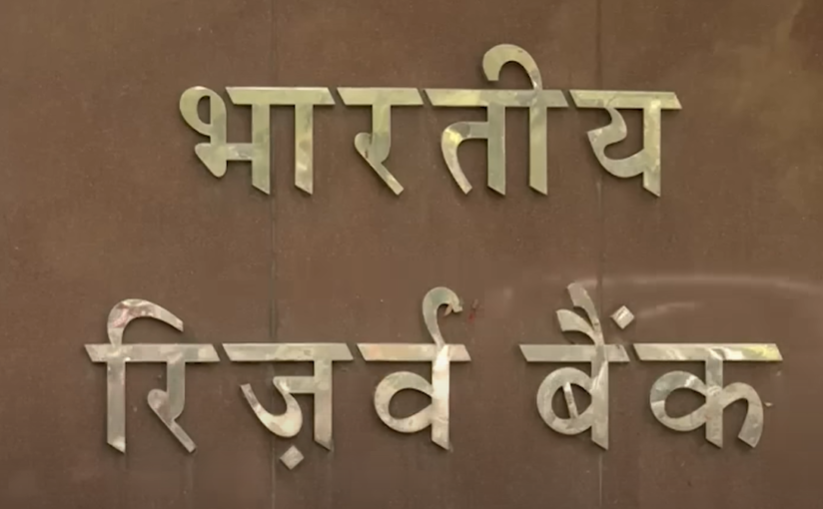
The global economy is entering a turbulent phase as tariff wars and geopolitical tensions intensify. Countries are increasingly turning to protectionist measures, sparking concerns over trade disruptions, inflationary pressures, and financial market instability. Against this backdrop, the Reserve Bank of India (RBI) has adopted a cautious stance, prioritizing economic stability while keeping a close watch on international developments.
At the Monetary Policy Committee (MPC) meeting held from August 4 to 6, 2025, all six members unanimously voted to maintain the repo rate at 5.5%. This decision reflects the RBI’s careful balancing act—supporting growth while ensuring inflation remains under control in an unpredictable global environment.
Why is the RBI Being So Cautious?
The primary reason is the escalation of global tariff tensions. For instance, the United States has imposed an additional 25% tariff on Indian goods, with warnings of raising it up to 50%. Such moves could significantly disrupt trade flows, increase import costs, and place pressure on India’s inflation outlook.
RBI Governor Sanjay Malhotra emphasized that while India’s economy is currently strong and stable, the central bank must act with vigilance. “The economy is resilient, growth remains steady, and food prices have softened, bringing inflation under control. However, risks remain due to tariffs and international market volatility,” Malhotra warned.
The Decision on Interest Rates
The repo rate—the rate at which commercial banks borrow money from the RBI—remains unchanged at 5.5%. Keeping the rate steady indicates that the RBI aims to maintain stability rather than making any hasty moves. Raising rates at this juncture could dampen borrowing and investment, while lowering them might fuel inflationary pressures.
Deputy Governor Poonam Gupta noted that considering domestic conditions and global uncertainties, there is no room for rate cuts at present. Executive Director Rajiv Ranjan added that government spending is rising, rural demand remains robust, and the services sector continues to show strength. However, he acknowledged that the industrial sector is experiencing some fluctuations.
Inflation Outlook: Under Control but Risks Ahead
For now, inflation remains under check, thanks largely to easing food prices. The RBI’s target is to keep inflation close to 4%, with a tolerance band of 2% above or below. While current conditions are favorable, Governor Malhotra cautioned that inflation may rise in the coming months.
This could happen if tariffs increase import costs or if global oil and commodity prices rise. The RBI has made it clear that if inflationary pressures escalate, it may be compelled to raise rates in the future.
Growth Prospects: Stable but Dependent on Policy
India’s economy continues to show resilience. Growth is being supported by increased government expenditure, healthy rural consumption, and strong momentum in the services sector. While the industrial sector faces challenges, the overall outlook remains positive.
Governor Malhotra underlined that India’s policies are growth-oriented and the country is well-positioned to move forward. However, he stressed that external risks, particularly tariff tensions and global market instability, cannot be ignored.
What Lies Ahead?
The RBI’s stance remains data-dependent. If global tariff tensions ease and inflation stays under control, the central bank may consider rate cuts in the future, potentially making loans cheaper and stimulating investment. Conversely, if risks escalate, the RBI could tighten monetary policy to safeguard macroeconomic stability.
For now, the RBI has signaled that it will remain cautious but committed to supporting growth. As Governor Malhotra summed up, India is in a strong position, but the central bank will stay alert to global uncertainties.
Conclusion
The RBI’s latest policy decision underscores its delicate balancing act in the face of global turbulence. By keeping the repo rate unchanged at 5.5%, the central bank has sent a clear message—it will act prudently, prioritizing both stability and growth. Tariff tensions between the U.S. and India, volatile commodity prices, and shifting geopolitical dynamics will be the key factors influencing monetary policy in the coming months.
India’s economy may be resilient, but the road ahead requires vigilance. The RBI has made it clear: it is prepared to act if inflation spikes or growth falters, but for now, stability remains its top priority.
Disclaimer:
This article is intended for informational purposes only and should not be considered as financial or investment advice. The views and analysis presented are based on publicly available information and official statements. Readers are advised to conduct their own research or consult a qualified financial advisor before making any investment or policy-related decisions.




